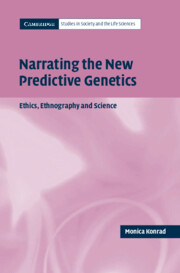2 - Approaching translocations
Published online by Cambridge University Press: 15 December 2009
Summary
Cross-talking value
In a large conference hall in the district of Fontenoy, Paris, representatives from eighty-one nation states from all corners of the world were busy deliberating official reports concerning you, me and the futures of countless other human beings. It was the last week in July 1997 and a Committee of Governmental Experts convened by UNESCO and supported by members of its International Bioethics Committee (IBC), was in the process of adopting the ninth and final draft of the Universal Declaration on the Human Genome and Human Rights.
In the opening and closing addresses to the meeting, Federico Mayer, the then Director-General and his colleague Héctor Gros Espiell, sought to clarify the instrumental status of the Declaration. Though its contents could effect no legal binding force, both speakers reminded committee participants of the need to reach an ethical framework for human genome practice that would concur with ‘principles of a durable nature’. Taken in its entirety the Declaration may indeed be read as the formal ‘story’ of how science and ethics have met directly through the universal kinship figure of the human genome. The opening article states that the human genome is the symbolic ‘heritage of humanity’ and encompasses ‘the fundamental unity of all members of the human family, as well as the recognition of their inherent dignity and diversity’.
- Type
- Chapter
- Information
- Narrating the New Predictive GeneticsEthics, Ethnography and Science, pp. 29 - 58Publisher: Cambridge University PressPrint publication year: 2005

